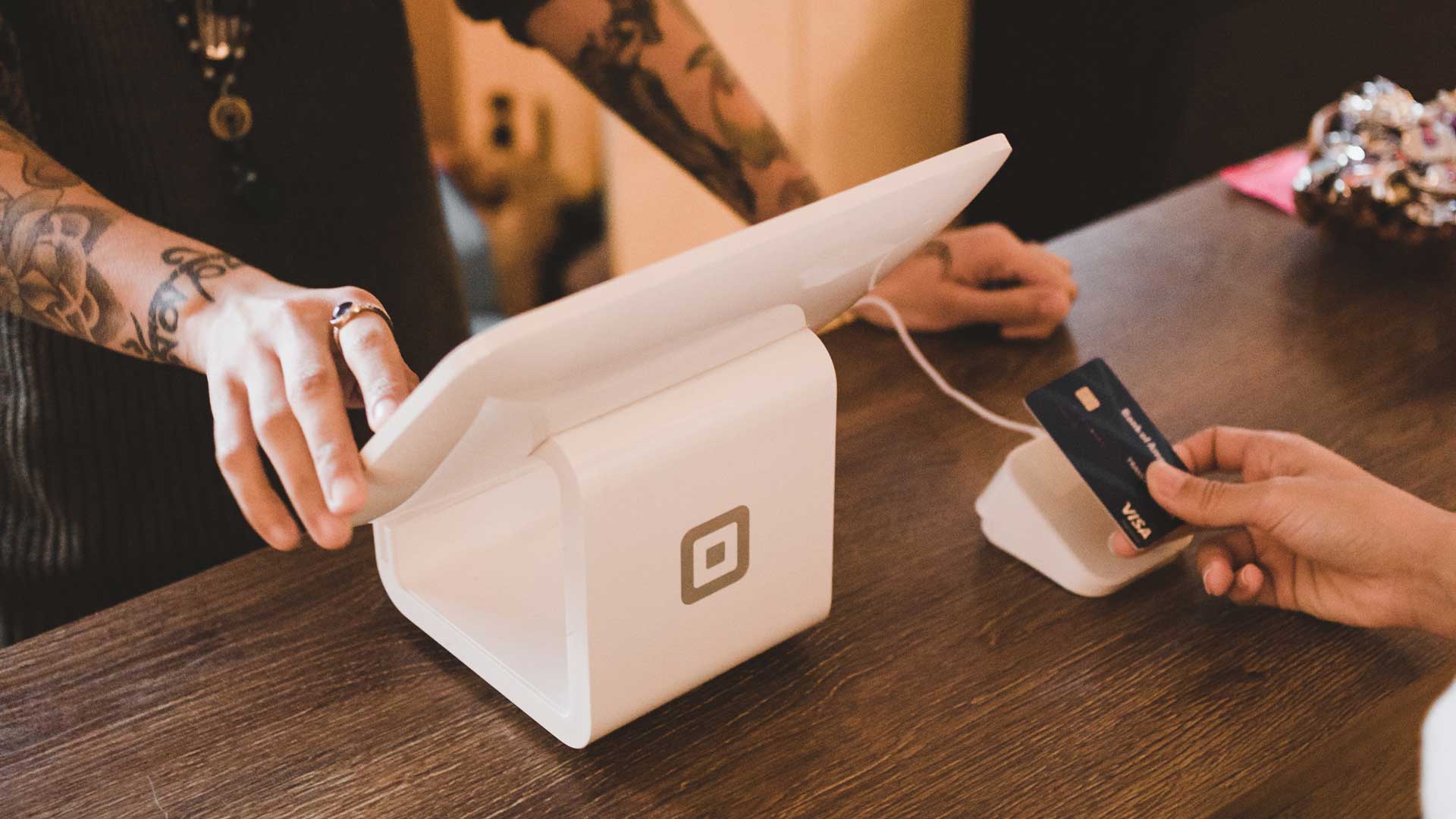To make the buying process simpler for consumers, most companies that offer products or services digitally can integrate a payment gateway. Payment gateway integration allows money to be transferred from a customer’s account to a seller’s account in a matter of seconds.
In this blog post, we’ll look at how payment gateways operate and how to choose the right one for your business.
What Is a Payment Gateway and How Does It Work?
A payment gateway acts as a middleman between the buyer and the merchant, doing everything from money authorizing (ensuring the supplier has the requested amount to pay for the purchase) to refund in the event of a cancelled order.
The consumer confirms the request, and payment information is submitted to the app’s server, sending it to the payment processor, card network, and issuing bank through the payment gateway. The bank accepts (or rejects) the transaction upon request and sends the confirmation back to the same chain of participants.
The scheme may seem complex, but it just takes a few seconds to complete.
Security Concerns
Payment gateways must ensure confidential transaction details such as the CVV code, card number, and card holder’s name, among other things. As a result, each payment gateway must maintain PCI DSS enforcement, which entails strict data safety, routine monitoring, encryption, access control element implementation, and other security-related measures.
Payment Gateway Types
Hosted
Customers are redirected from the app to the hosted payment gateway’s website to make a payment and returned it when the payment is made.
One of the main benefits of such a solution is the ease with which payment gateways may be integrated: for applications built on common e-commerce sites (such as Magento or Shopify), installing an extension could be sufficient. Another significant benefit is that the payment gateway services company often handles all compliance concerns.
What are the drawbacks? For starters, sending users to third-party sites reduces conversion. Second, if you switch partners, you risk losing the customer database because service providers retain all records.
This is the best choice for small to medium-sized companies.
Incorporated
Customers pay in your app, and the order is made without being sent anywhere because you have an automated payment portal.
It has a better user interface and greater power over the data than a hosted gateway. With these benefits come drawbacks: you must ensure fraud prevention and consumer data security (PCI DSS compliance) and devote more time to the payment gateway integration phase. Small and big businesses would benefit from integrated payment gateways.
Personalized
This style of payment gateway improves on the previous one’s capabilities, giving you the most leverage over your purchases while demanding a high degree of technological knowledge. You won’t have to depend on third-party providers or exchange any data with them if you use your own personalized payment portal.
Price (a software development team would be required), time (development, testing, and deployment will take time), and security-related problems are among the drawbacks of this type (meeting PCI requirements and handling documentation issues).










